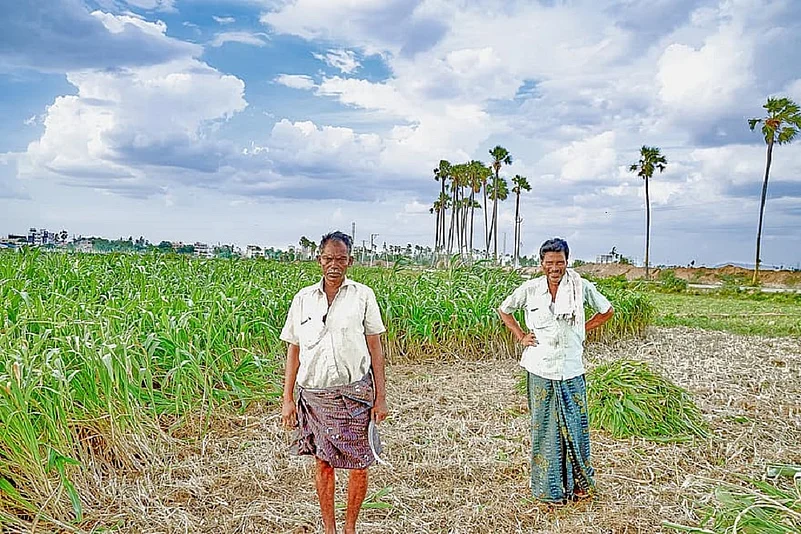The prevalence of malnutrition–over or under–is an important indicator of a country’s health. India ranks among the nations with the highest recorded numbers of undernourished people, particularly in the rural areas.
The COVID-19 pandemic has added to India’s challenges as it struggles to reach its economic and social development goals, including tackling the scourge of malnutrition. While it has impacted the entire country, people in rural areas are worst hit as they struggle to deal with the loss of their livelihoods and attain their daily nutrition requirement.
Among them, the worst hit are pregnant mothers. The first 1000 days of life (from conception till the child is about two years old) are the most critical for optimal growth and cognitive development of a child, and proper nutrition plays a key part in this. The next three years are equally important in terms of nutrition.
Advertisement
But a study shows that 44 per cent of Indian children under the age of five are underweight, while 72 per cent of infants have anemia. The major reason behind malnutrition in India is not just related to calorie intake or lack of micronutrients, but the dependence on a carbohydrate-based diet with low protein and fat content, which disrupts the absorption of other nutrient in the body.
Gaining access to healthy and affordable food can be a major challenge for rural residents due to financial constraints, forcing them to rely on more expensive and less nutritious food available at convenience stores. The other option is to travel long distances to a town with a supermarket or a grocery store that stocks fresh produce, milk, eggs, and other staples.
Advertisement
Most of the pregnant women in rural areas can’t even afford the prescribed supplements due to limited resources, while others can’t supplement them with the proper food combinations.
On the brighter side, there are a lot of grains and food items that are both economical and nutritious. For instance, most people consider only nuts and milk products as good sources of calcium, unaware that cauliflower and broccoli stemsare also very high in calcium content. Similarly, the old tradition of eating several varieties of millets and barley are a good way to achieve optimal nutritional requirement. Consuming malted or sprouted barley or powdered sattu with water or buttermilk completes the nutritional requirement of the body.
Another solution is the establishment of rural farmers’ market. These can not only help small local farmers financially, they also increase access to fresh fruits and vegetables for local residents. Food pantries or charities help by distributing nutritious food to low-income families, and work with the local social services team to provide information on nutrition, the Supplemental Nutrition Assistance Program (SNAP), and other social services available in the community. So while things may look bit bleak at the moment, a few simple steps is all it takes to eradicate rural malnutrition from the country.
(The author is a lifestyle coach and diet counsellor. She tweets @Bipasha1sugati)




















